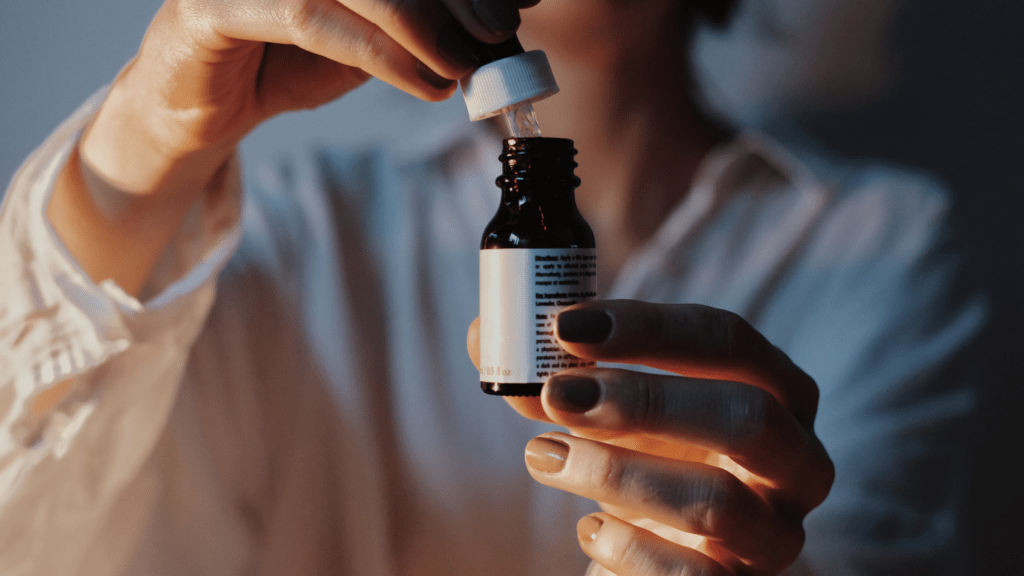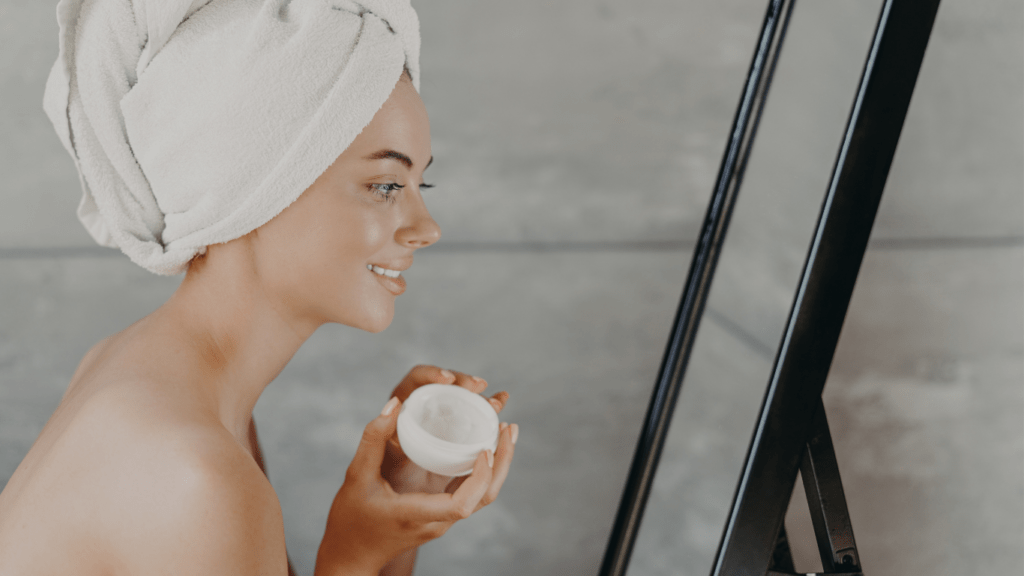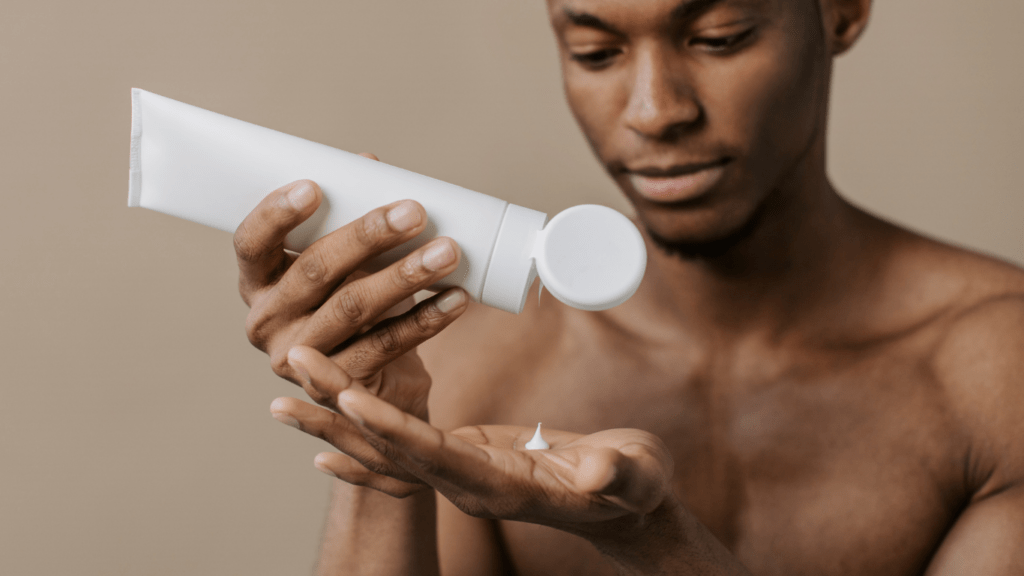Importance of Seasonal Skincare
Seasonal changes deeply impact my skin’s condition, requiring adjustments to my skincare routine. Each season introduces unique climate variables, from humidity and temperature to wind and UV exposure, influencing my skin’s needs.
Spring: Rejuvenate and Refresh
In spring, my skin often experiences renewal but also faces increased pollen and allergens, which can cause irritation. Mild temperatures and rising humidity levels call for light, hydrating products. I often replace thicker creams with lightweight moisturizers and use exfoliants to remove winter’s accumulated dead skin cells.
Summer: Protect and Hydrate
Summer brings higher temperatures and increased sun exposure. My skin tends to produce more oil, leading to breakouts. I prioritize using oil-free moisturizers and broad-spectrum sunscreen with SPF 30 or higher. To keep my face fresh, I incorporate a gentle cleanser and a light, non-comedogenic moisturizer.
Fall: Repair and Prepare
As temperatures drop and humidity levels fall during autumn, my skin starts to lose moisture. I switch to richer, more hydrating products to repair summer damage and build a protective barrier against the upcoming cold. Adding a hydrating serum or incorporating a night cream into my nightly routine helps maintain skin health.
Winter: Nourish and Protect
Cold weather and indoor heating can leave my skin feeling dry and sensitive during winter. I focus on deep hydration by using thicker creams and lotions. Products with ingredients like hyaluronic acid and ceramides help retain moisture.
To avoid irritation, I reduce the frequency of exfoliation and incorporate gentle, nourishing cleansers.
Understanding the importance of seasonal skincare ensures that my routine evolves to meet my skin’s demands throughout the year. Each season presents challenges and opportunities for maintaining a healthy complexion, making adjustments vital for optimal skin health.
Winter Skincare Transition

Winter brings harsh conditions that challenge the skin’s integrity. Proper adjustments keep the skin nourished and protected during colder months.
Hydration Needs
Hydration becomes critical as low humidity strips moisture. I recommend using thicker moisturizers with hyaluronic acid and ceramides. Applying facial oils, like jojoba or rosehip, can lock in hydration and prevent transepidermal water loss (TEWL).
Protecting the Skin Barrier
Protecting the skin barrier during winter is essential to prevent dryness and irritation. Incorporating products with niacinamide and glycerin strengthens the barrier.
Avoiding harsh cleansers and opting for hydrating, gentle alternatives can further support skin health. Use a humidifier indoors to maintain moisture levels in the air.
Essential hydration products combined with barrier-supportive measures ensure the skin remains resilient against winter’s drying effects.
Spring Skincare Transition
Spring signals a time of renewal and rejuvenation, making it essential to adjust skincare routines accordingly. Warmer weather means lighter products and addressing the aftermath of winter dryness.
Exfoliation and Renewal
Spring is perfect for renewing the skin through exfoliation. Over winter, dead skin cells accumulate, leading to a dull complexion. I recommend using a gentle exfoliant, like a chemical exfoliator with alpha hydroxy acids (AHAs) or beta hydroxy acids (BHAs).
These acids promote cell turnover without being too harsh. Physical exfoliators with small granules can also be effective. If sensitive skin is a concern, limit exfoliation to once or twice a week.
Sun Protection
With longer days and increased sun exposure, sun protection is pivotal in spring.
- A broad-spectrum sunscreen with at least SPF 30 should be applied daily.
- Mineral sunscreens with zinc oxide or titanium dioxide offer effective protection.
- Apply sunscreen as the last step in your morning skincare routine and don’t forget areas like the neck and hands.
- Reapply every two hours, especially if outdoors.
Adding antioxidant-rich serums with vitamin C can enhance sun protection and provide additional skin benefits.
Summer Skincare Transition
Summer calls for proactive skincare adjustments to manage increased heat and humidity. It’s essential to keep the skin balanced and protected.
Oil Control
During summer, excess oil production can lead to breakouts.
- Incorporating a gentle, foaming cleanser helps remove excess oil.
- I recommend products with salicylic acid for deep cleaning.
- Using a clay mask once or twice a week can also help absorb excess oil and unclog pores.
These steps ensure reduced shine and fewer breakouts.
Lightweight Products
Heavy creams can feel suffocating in the summer. Opt for lightweight, gel-based moisturizers to hydrate without clogging pores. Look for non-comedogenic labels to ensure products don’t contribute to breakouts. Additionally, a broad-spectrum sunscreen with a matte finish can protect your skin from UV rays without making it greasy. These adjustments help keep your skin comfortable and clear in the heat.
Fall Skincare Transition
Fall heralds the transition from the hot summer months to cooler, crisper days. This shift calls for changes in skincare routines to address the skin’s new needs.
Repairing Summer Damage
Summer leaves behind sun exposure, dehydration, and possible UV damage. Incorporating antioxidants, like Vitamin C serums, helps repair and brighten the complexion. Exfoliating twice a week removes dead skin cells. Addressing hyperpigmentation with ingredients like niacinamide can also be beneficial. If the goal is to correct sun damage, prioritize products with these active ingredients.
Introducing Richer Moisturizers
Cooler air reduces humidity, leading to drier skin. Switching to richer moisturizers ensures hydration and barrier repair. Look for creams containing hyaluronic acid or ceramides. If using lightweight products was the summer routine, it’s time for more emollient-rich formulations. Applying these moisturizers morning and night keeps the skin hydrated and protected against the drying fall air.


 Bonnie Brown is an expert in holistic wellness with over a decade of experience in natural health and skincare. She has dedicated her career to helping individuals achieve radiant health through plant-based solutions and mindful self-care practices. Bonnie is passionate about blending ancient traditions with modern wellness techniques, making her insights a valuable resource for anyone on a journey to healthier skin and overall well-being.
Bonnie Brown is an expert in holistic wellness with over a decade of experience in natural health and skincare. She has dedicated her career to helping individuals achieve radiant health through plant-based solutions and mindful self-care practices. Bonnie is passionate about blending ancient traditions with modern wellness techniques, making her insights a valuable resource for anyone on a journey to healthier skin and overall well-being.
